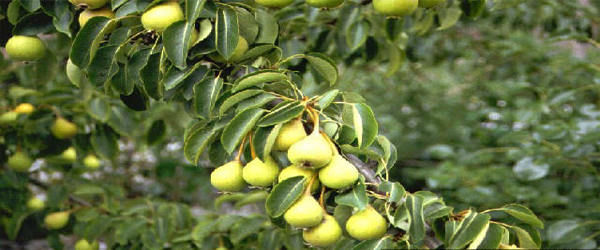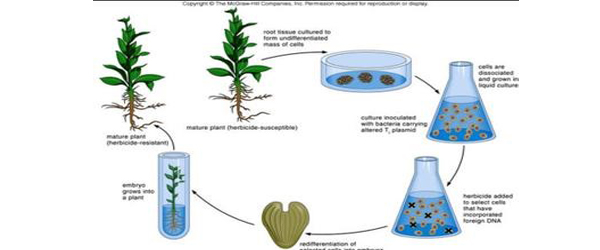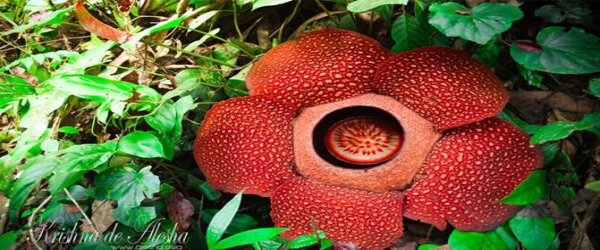Zygogramma bicolorata Pallister: Feature beetle for biological suppression of Parthenium hysterophorus
Zygogramma bicolorata Pallister: Feature beetle for biological suppression of Parthenium hysterophorus Zygogramma bicolorata Pallister (Coleoptera: Chrysomelidae) a parthenium beetle or Mexican beetle is a small beetle having brown head, brown and yellow elytra marked with characteristic elongated brown stripes. Zygogramma bicolorata adult and larva are used as a bio control agent for controling Parthenium hysterophorus […]











